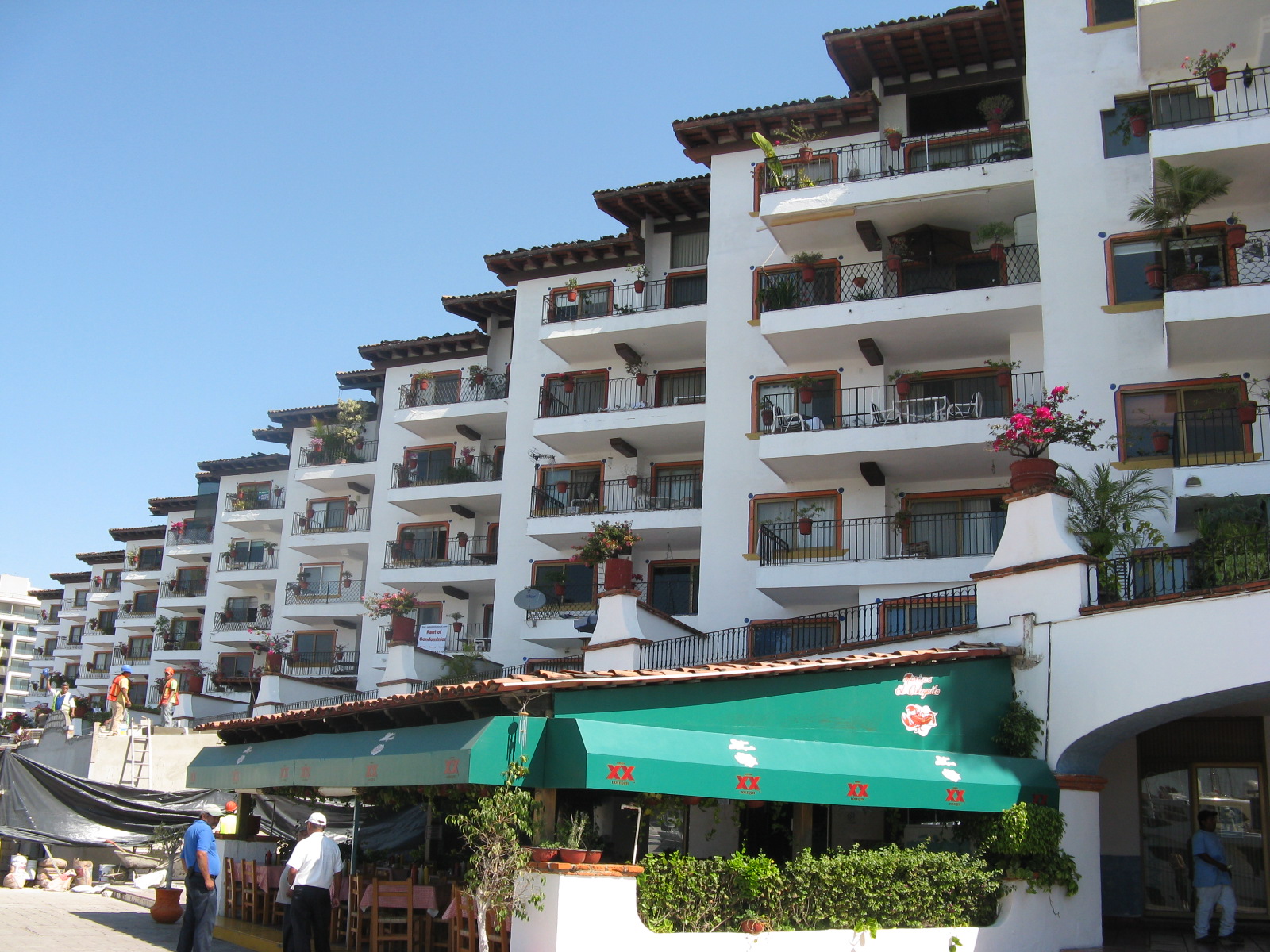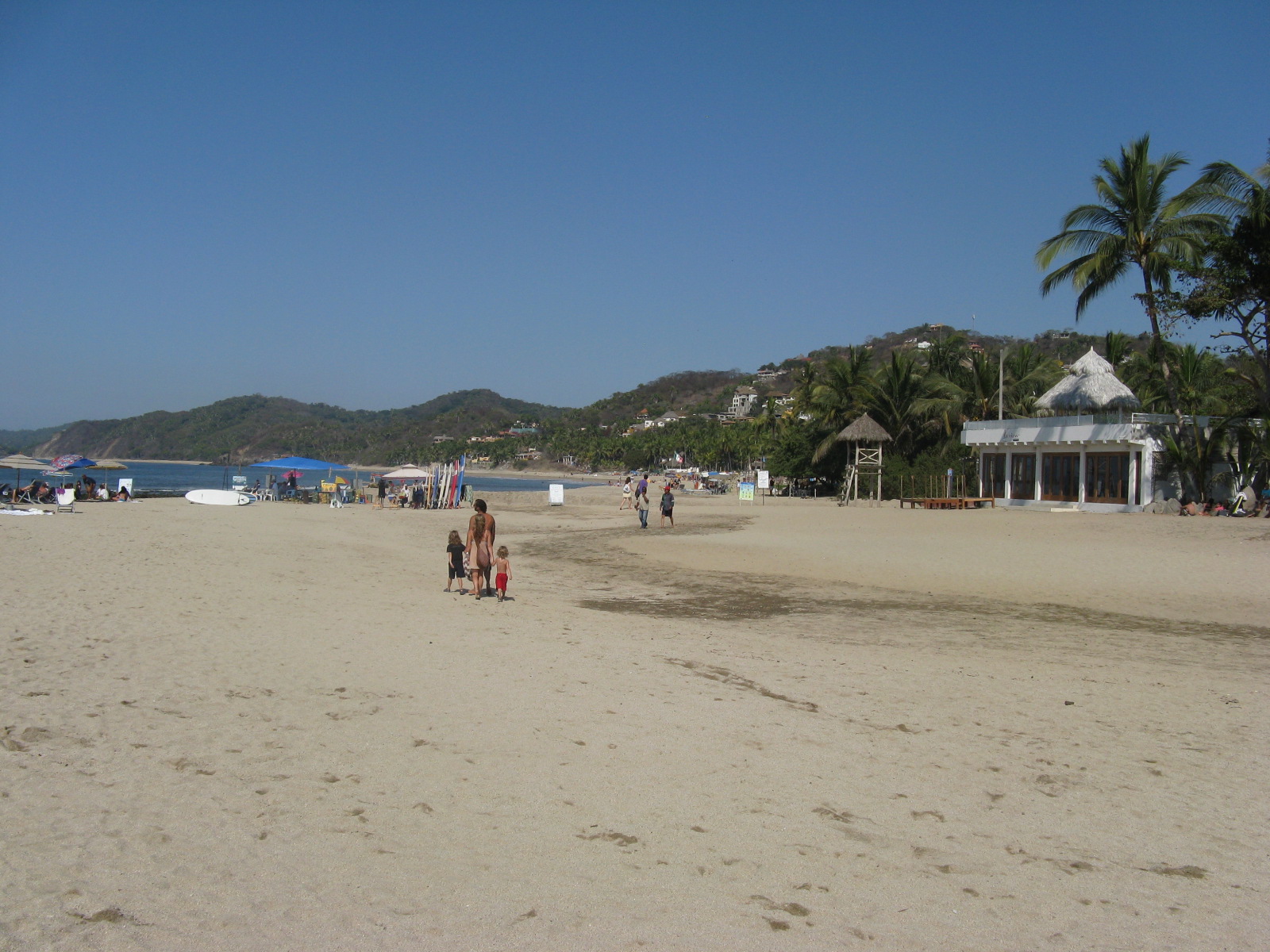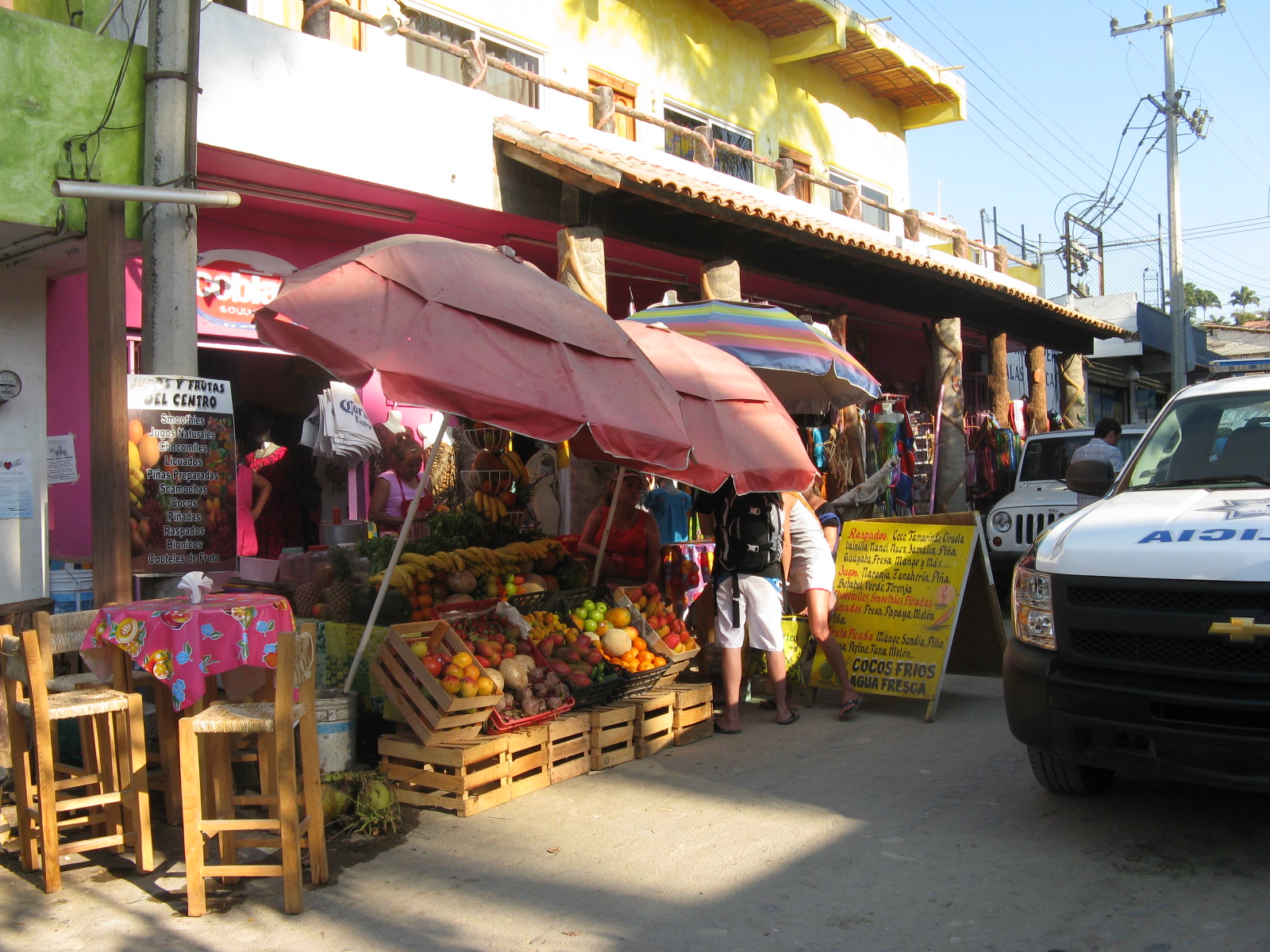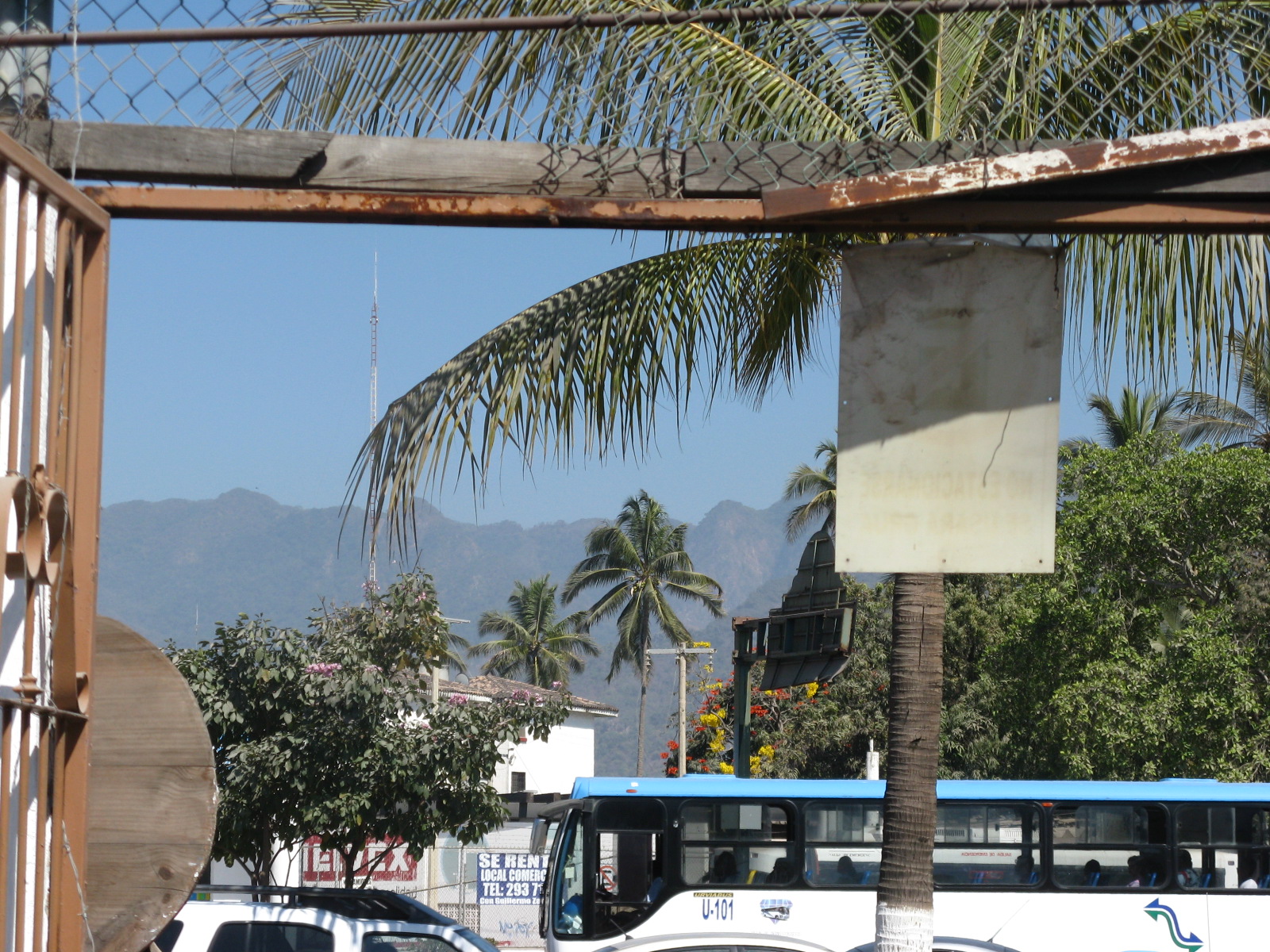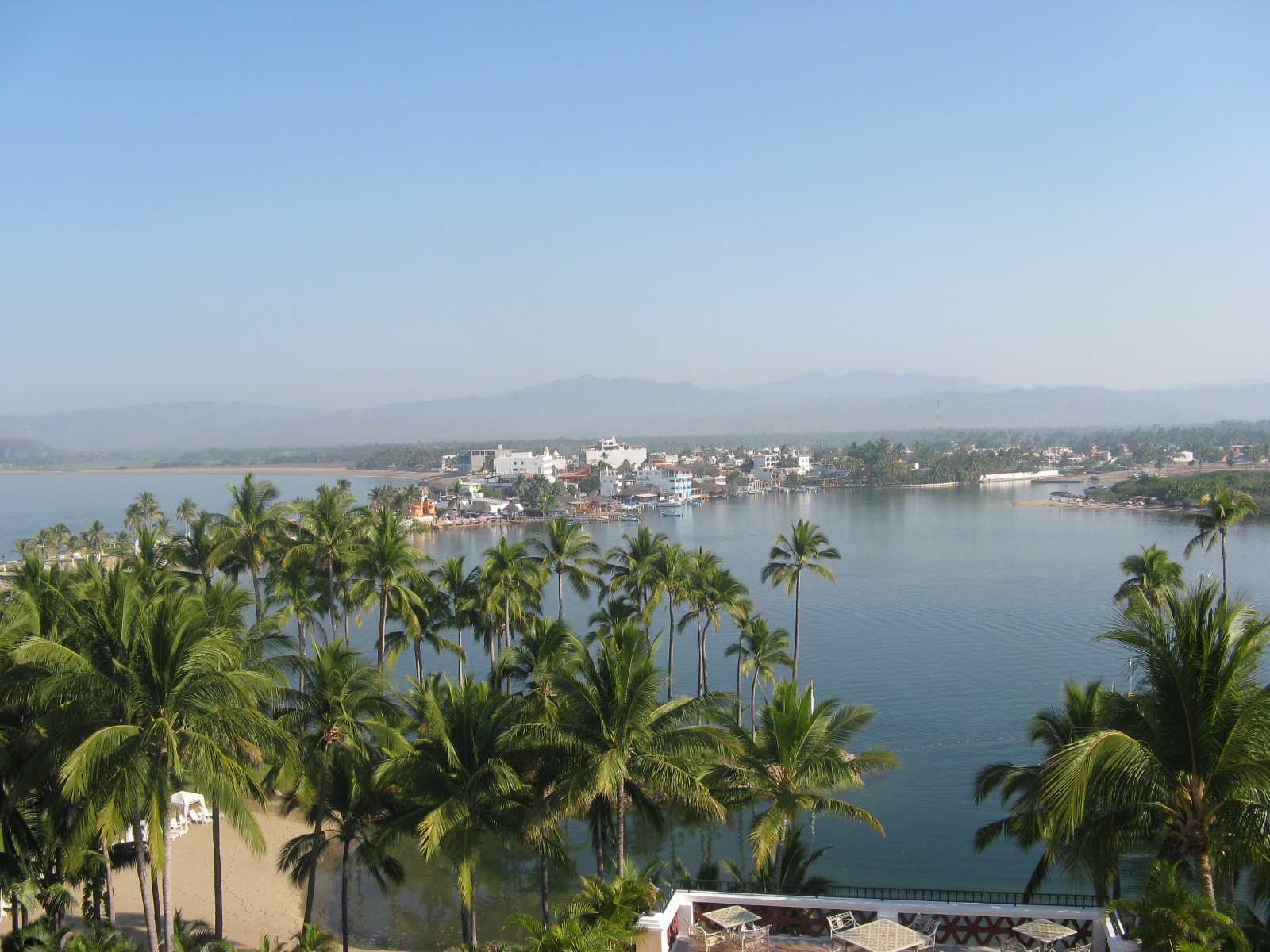Review of the Mexican National Civil Protection System
Background – Key recommendations – Table of contents
Report highlights – Access this publication – More information
Background

Publication Date:
11/06/2013
ISBN number:
9789264192294
The OECD Review of the Mexican National Civil Protection System looks at the co-ordination of multiple actors across central government, public and private industries, and state and local governments for the effective management of hurricanes, earthquakes and floods. The review follows the OECD framework for risk management policies and is the first country review conducted under the auspices of the OECD High-Level Risk Forum.
The Mexican National Civil Protection System (SINAPROC) was created in 1986 following a major earthquake which caused significant economic and human losses, particularly in Mexico City. SINAPROC was established as a multi-level system integrating stakeholders from all over the country and from the three levels of government, the private and social sectors, academia and scientific organisations. Its initial purpose was to provide an institutional framework for the improved co-ordination of emergency response.
Since 1986, the Mexican government has developed SINAPROC’s capacities in the areas of risk assessment, early warning, preparedness and disaster risk financing. Among the concrete examples of progress is the development of national and local hazard monitoring and early-warning systems. Emergency response plans are clearly articulated and trained for in strategic sectors, especially at the federal level. Programmes and mechanisms for international co-ordination and co-operation have been strengthened, especially in the field of water management and tropical storm forecasts.
Key recommendations
The peer review report provides recommendations, and examples of good practice in other OECD countries, to address the main challenges confronting civil protection policy in Mexico.
Mexico should:
- Strengthen SINAPROC’s strategic orientation and co-ordination through shared objectives;
- Enhance integration of risk assessment across levels of government;
- Build greater capacity for prevention through new partnerships across levels of government;
- Strengthen the efficiency of emergency response through planning, co-ordination and communication mechanisms;
- Move toward a more balanced disaster risk finance strategy;
- Fully exploit its potential for regional and international co-operation.
Table of Contents
Chapter 1. Key natural hazards and vulnerabilities
Chapter 2. Legal and institutional framework for risk management
Chapter 3. Risk assessment in the Mexican National Civil Protection System
Chapter 4. Disaster risk prevention and mitigation
Chapter 5. Emergency preparedness and response
Chapter 6. Recovery and reconstruction
Chapter 7. International co-operation to strengthen civil protection
 English and Spanish
English and Spanish
How to access this publication
- Browse the full text on line
- Purchase via the Online Bookshop
- Order from your local distributor
- Government officials with accounts: access the “Books” tab on OLIS, otherwise subscribe.
- Access by password for accredited journalists
More information
For further information on this work and on OECD work on Risk Management, please contact Mr. Jack Radisch (jack.radisch@oecd.org) or Mr. Charles Baubion (charles.baubion@oecd.org) and visit our website:
http://www.oecd.org/governance/risk/.
Follow us on :
Related Documents
Mexico must invest more in disaster risk prevention to support sustainable development
México debe incrementar su inversion en la prevención del riesgo de desatres para así apoyar su desarrollo sustentable
<!–
–>
Article source: http://www.oecd.org/mexico/reviewofmexicosnationalcivilprotectionsystem.htm













